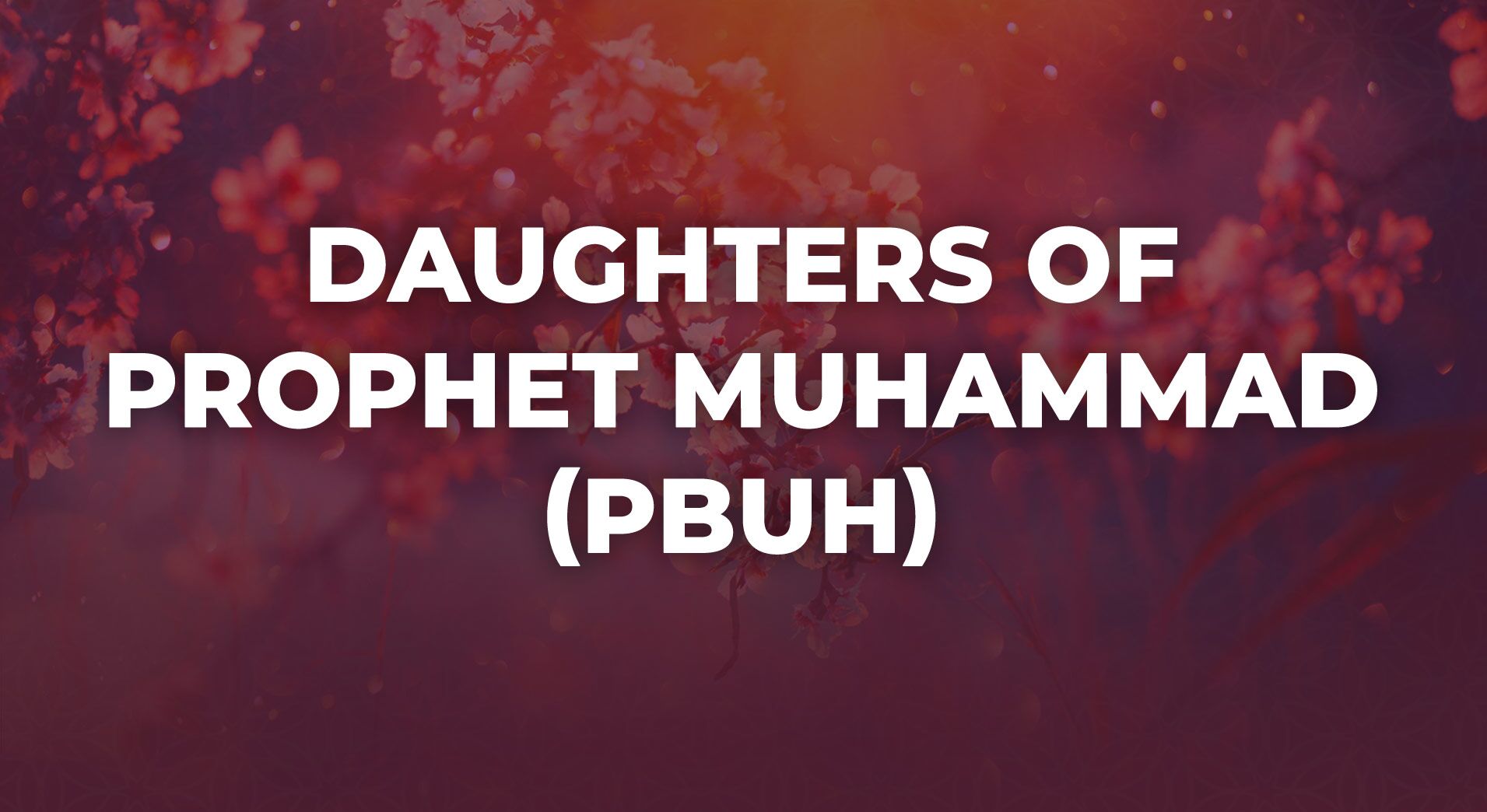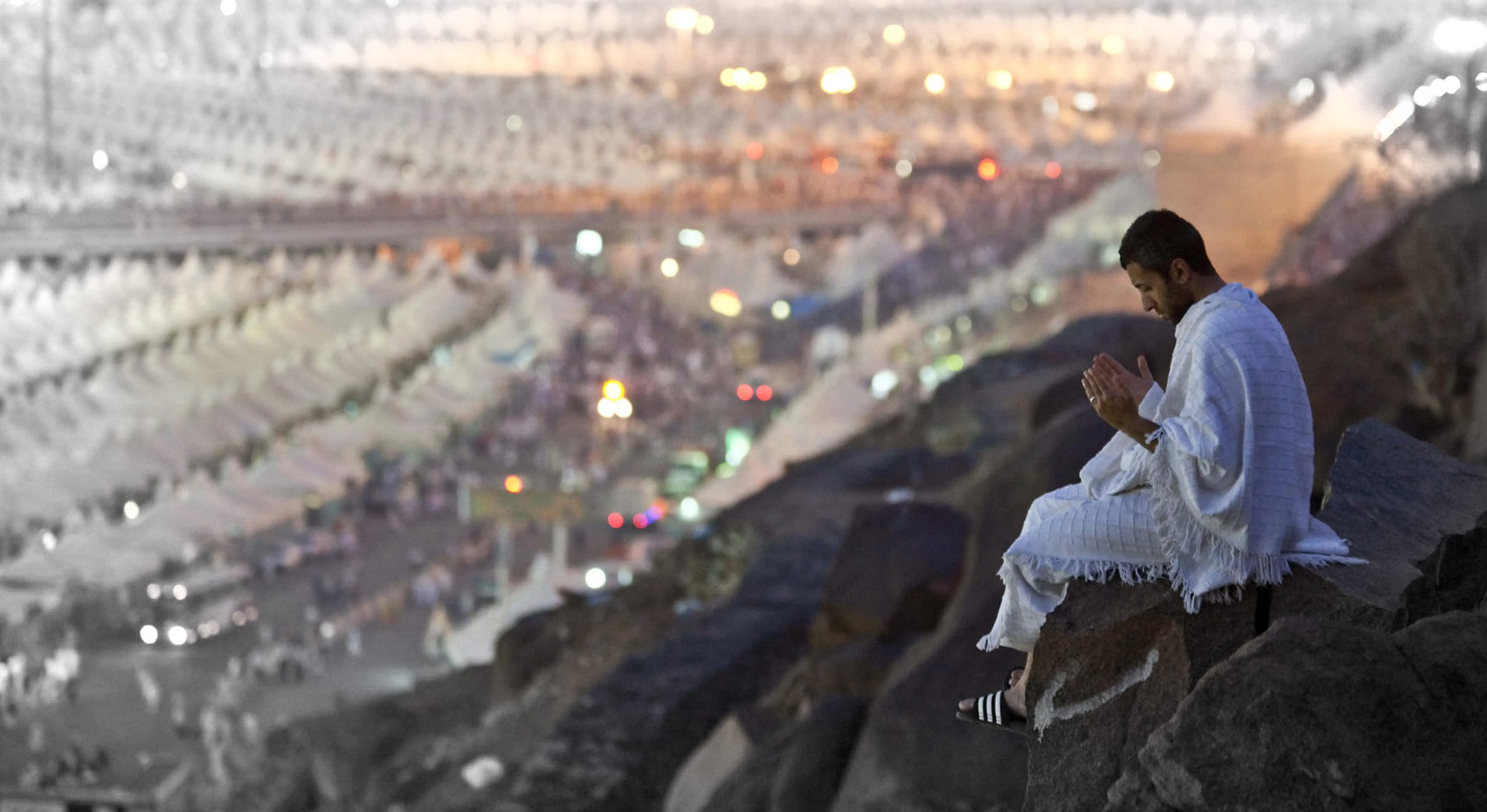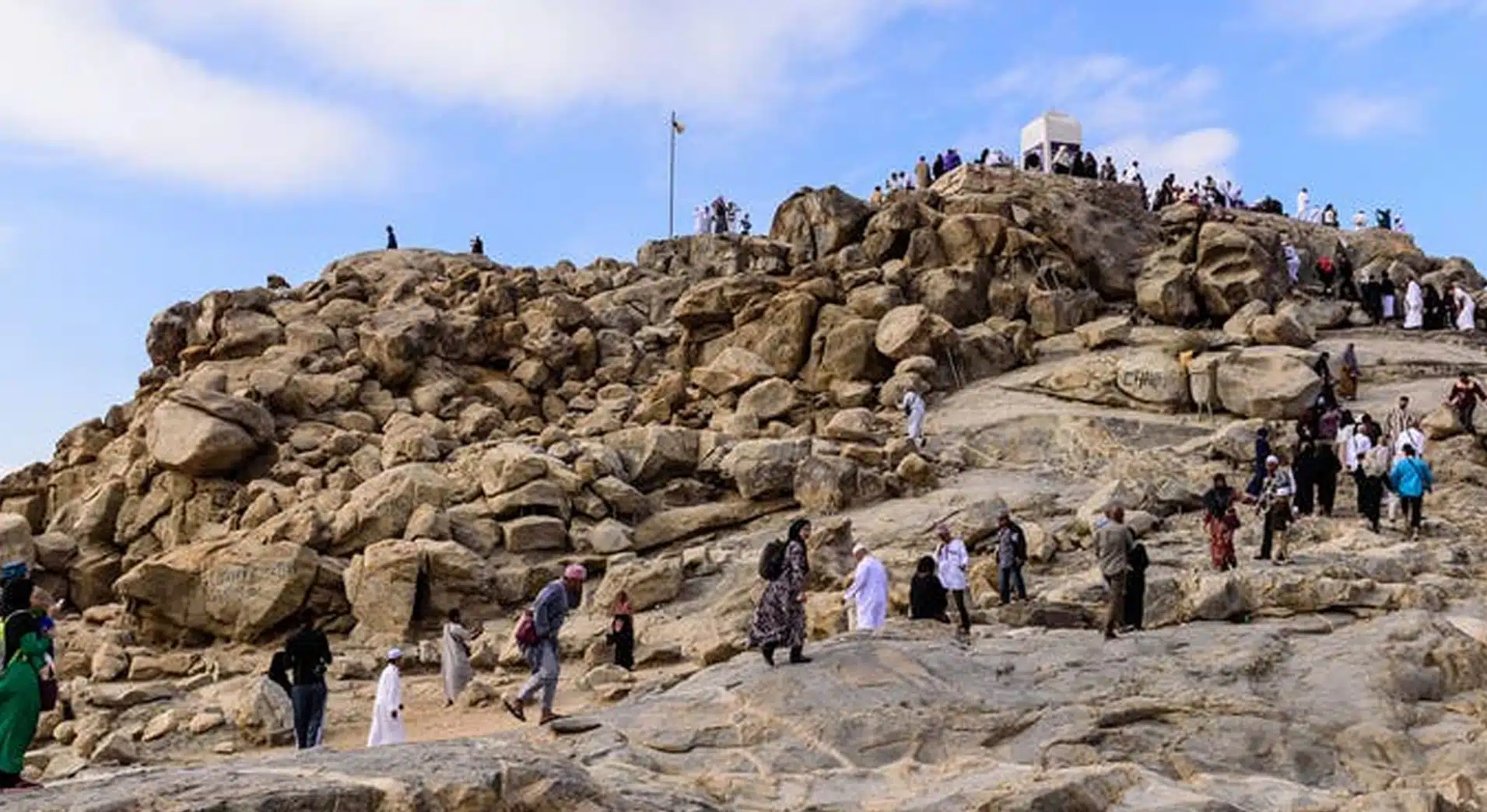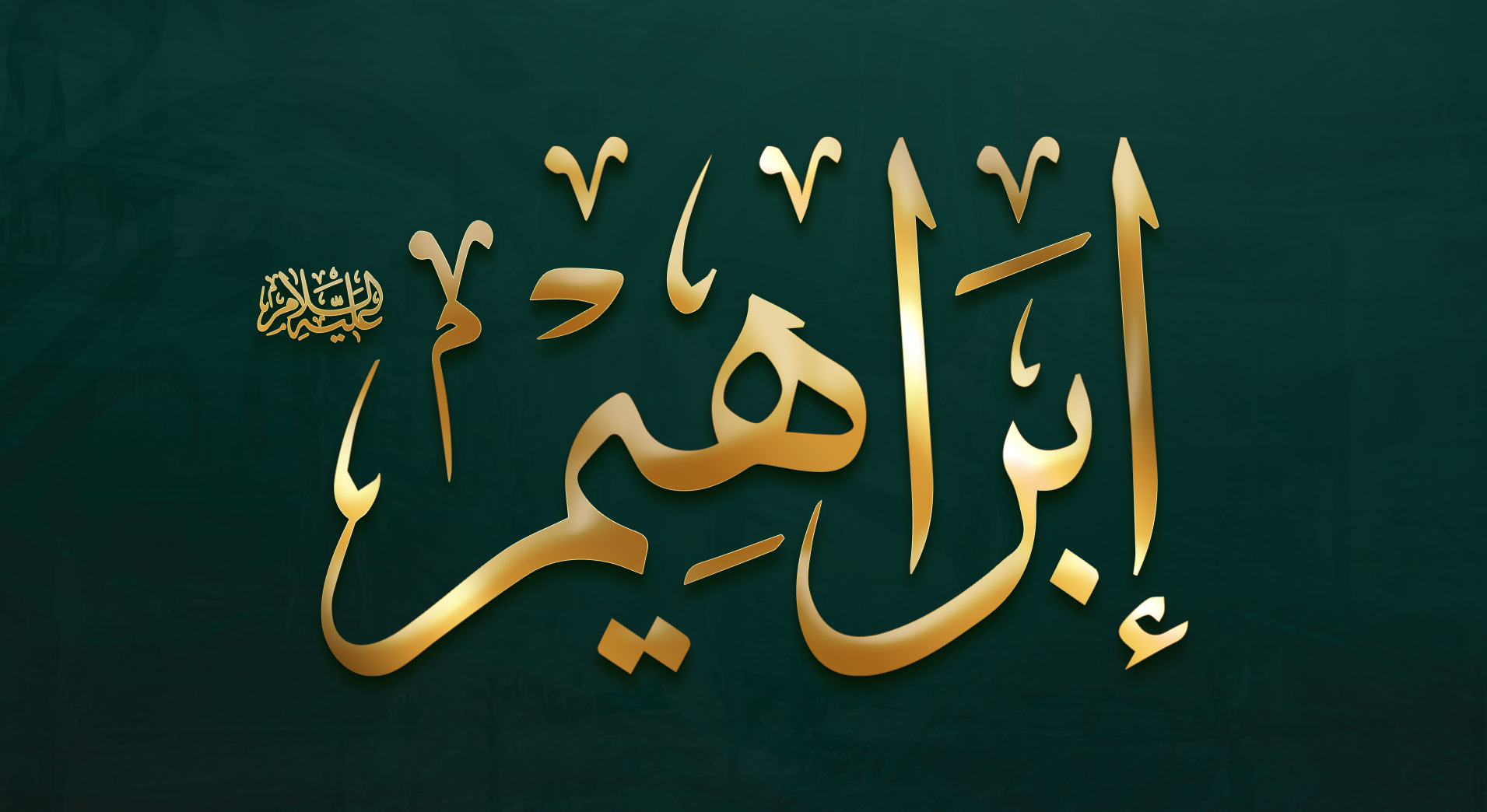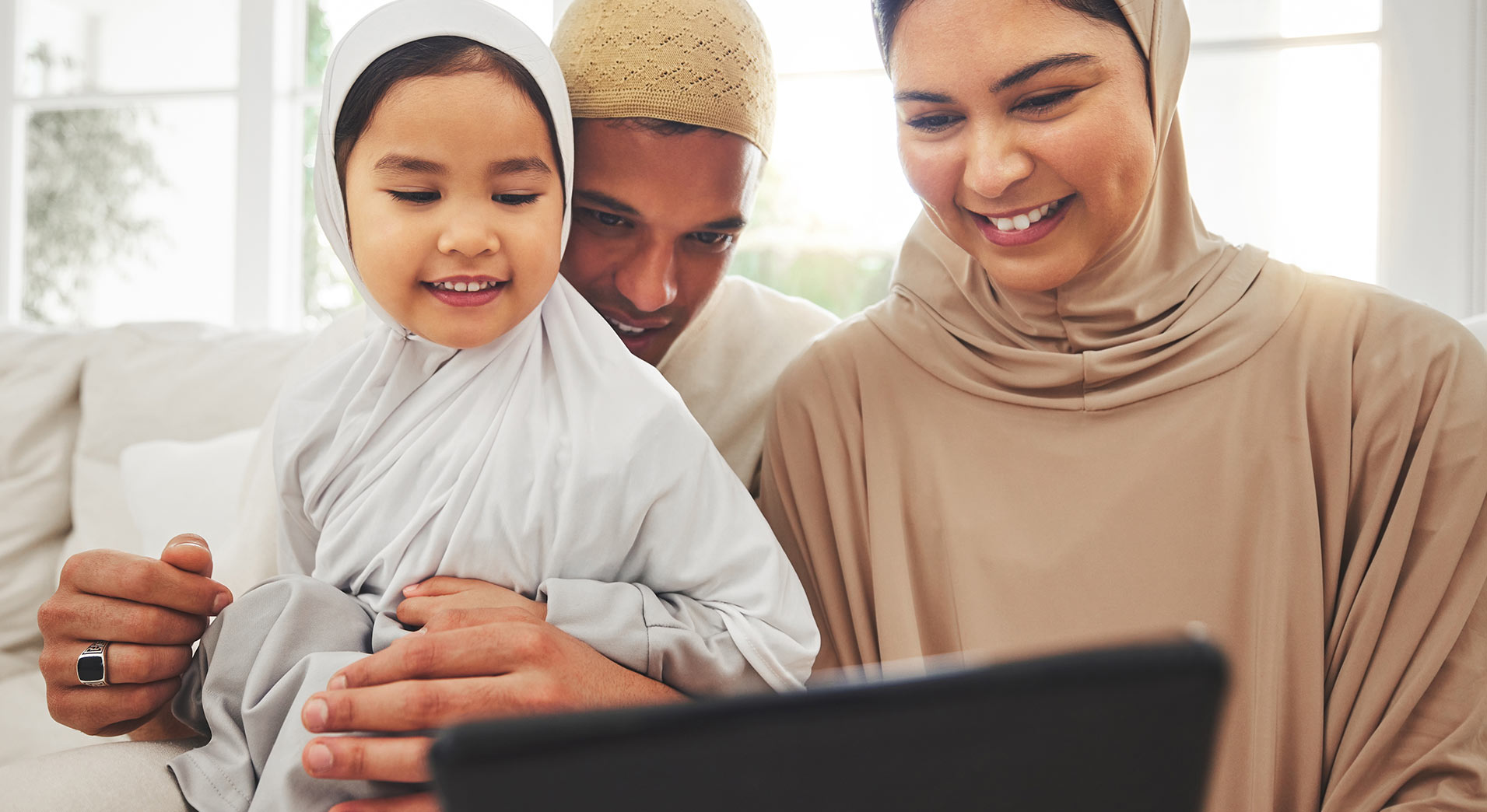Our last Prophet (PBUH) was the father of four daughters: Fatima, Ruqayya, Umme Kulthum, and Zaynab, who were born to Muhammad’s (SAW) first wife, Khadija bin Khuwaliyd (RA). The Prophet Muhammad (SAW) used to respect his daughters and often emphasized that others should do the same. The Arab practice of burying daughters alive was a barbaric custom that he ended.
Narrated Abdullah ibn Abbas (may Allah be pleased with him)
The Prophet (PBUH) said
If anyone has a female child, and does not bury her alive, or slight her, or prefer his male children to her, Allah will bring him into Paradise.
Let’s find out more about the daughters of the Holy Prophet (PBUH) and how they spent their life.
FATIMA BINT MUHAMMAD (SAW)
Bibi Fatima (RA) was the youngest daughter of the Holy Prophet (PBUH) and Hazrat Khadija (RA), She was commonly known as Fatima al Zahra (RA). The husband of Fatima al Zahra (RA) was Hazrat Ali (RA). Bibi Fatima (RA) was the mother of 2 sons Imam Hasan (RA) and Imam Hussain (RA).
Her devotion, modesty, and steadfast support for her father made her well-known. Praised as a paragon of morality, she is also called “Sayyidatun Nisa al-Alamin”, which means “Leader of the Women of the World.” She was instrumental in helping her father through difficult times, including his early years of preaching in Makkah and the difficulties encountered on the journey to Madina.
She had a very close relationship with her father and always stood with him in his tough times. Their bond was so strong that she also left this world just after the six months of the death of the Holy Prophet (PBUH).
Millions of Muslims have a particular place in their hearts for Hazrat Fatima (RA), who is regarded as a pivotal person in the Ahl al-Bayt, the family of Prophet Muhammad (SAW). They find inspiration in the life of Hazrat Fatima (RA), and Islamic tradition continues to honor and remember her as a symbol of purity, faith, and strength.
ZAINAB BINT MUHAMMAD (SAW)
Zainab Bint Muhammad was the eldest daughter of the Holy Prophet (PBUH) and Hazrat Khadija (RA). She married Abu al-As ibn al-Rabi’, her maternal cousin. They were parents of 2 children a son named Ali who died in childhood and a daughter Umamah.
It was not long after Muhammad (SAW) first claimed to be a prophet that Zainab (RA) converted to Islam. The Quraysh put pressure on Abu al-As to get rid of Zainab by promising to give him any woman he desired in return. Abu al-As, however, said he didn’t want any other lady.
Marriage to Abu al-As ibn al-Rabi, a member of the same tribe as Muhammad (SAW), left a lasting impression on Zainab’s life. Her spouse first refused to convert to Islam, but their marriage persisted, and they eventually did, becoming a devout Muslim couple. Zainab was alive during a time when important historical occurrences took place, such as the early persecution of Muslims in Makkah and their migration to Madina. She supported her father’s prophetic duty by bearing witness to the expansion and flourishing of Islam. Her tale exemplifies the close-knit relationships and cherished principles that characterized the early Islamic community.
Zainab remarried Abdullah ibn Jahsh following the passing of her first husband, Abu al-‘As. The migration of Zainab (RA) points out the sacrifices during the most crucial phase of Islam.
RUQAYYAH BINT MUHAMMAD
Ruqayyah was the second eldest daughter of the Holy Prophet (PBUH) and Hazrat Khadija (RA). She married his father’s uncle’s son Utbah ibn Abu Lahab however the marriage faced many problems and ended up being divorced.
Later on, she married Hazrat Usman (RA), who became the third Caliph of Islam. The relationship between Hazrat Usman (RA) and Prophet Muhammad (PBUH) was further reinforced through this marriage.
To avoid persecution in Makkah, she along with her husband and other Muslims moved to Madina. The Battle of Badr claimed Ruqayyah’s life, which was a terrible personal tragedy. Her passing happened not long after the move to Madina. Ruqayyah’s significance within the Prophet’s family is highlighted by her marriage to Hazrat Usman (RA) and her association with significant events in early Islamic history, despite her brief life.
Through her life, Hazrat Ruqayyah (RA) embodies the struggles that the early Muslim community went through during the persecution in Makkah and their subsequent journey to Madina.
UMME KULTHUM BINT MUHAMMAD
Umm Kulthum (RA) was the 3rd eldest child of the Holy Prophet (PBUH) and Hazrat Khadija (RA). Umme Kulthum (RA) was initially married to Hazrat Usman (RA), who was already the son-in-law of the Prophet (PBUH) through his marriage to Ruqayyah, Umm Kulthum’s sister. Ruqayyah sadly died away, and Hazrat Usman (RA) afterwards wed Umm Kulthum (RA).
Umm Kulthum (RA) moved to Madina together with other Prophet Muhammad’s family members to avoid oppression in Makkah. Her move took place while the Muslim community was only starting to grow in Madina in the early years of Islam.
Umm Kulthum (RA) experienced the struggles and hardships that the early Muslim community endured, as well as important moments in Islamic history.
FINAL WORDS
Every daughter of the Holy Prophet (PBUH) is a role model for the Muslim community. Each of them with their commendable characteristics set an example for every person. They with their willpower, strength and intelligence faced every difficulty of their life and appeared as stronger women whose names are still remembered with respect by every Muslim
 0203-002-6366
0203-002-6366
 1-212-381-1055
1-212-381-1055 61-3-8820-5043
61-3-8820-5043  021-111-279-111
021-111-279-111